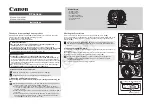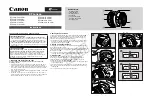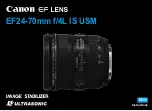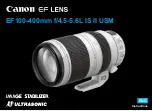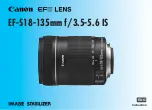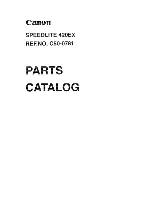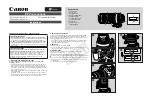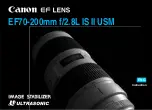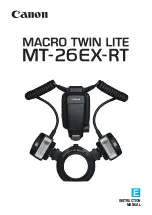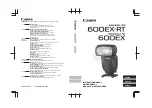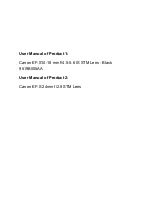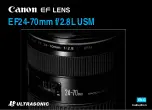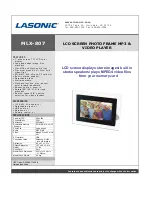
MicroVista Camera User Manual
Imaging Support: [email protected] http://www.mosir950.com 408-496-2019
5
•
Power Consumption:
2 Watts @ 3.6 VDC
•
Camera Description
•
Lens Interface: C-mount, 1" optical format
•
Camera Mount: 1/4"-20
•
Exposure Range: 30
μ
sec to 6 seconds (Rolling Shutter), 30
μ
s to
270 ms (Pseudo-Snapshot)
•
Shutter Type: Rolling
CMOS Operation
Rolling Shutter
MicroVista
®
operates in a mode called Rolling Shutter. It is the most common
mode of readout for CMOS imaging devices. In Rolling Shutter readout mode,
each row of the sensor is accessed sequentially from the first to the last row. After
each row is read out, it is reset before it starts integrating the next exposure.
When the reset period ends, the row integrates light until it is addressed again in
the next image frame. The time interval from row to row is constant, so all rows
receive the same amount of exposure time, but the readout is sequential, so the
rows are not all exposed simultaneously.
The length of time that the row is held in reset determines the exposure time for
that row. A row with a very short reset period will have a relatively long exposure
period, and vice versa. For example, running at 30 frames per second gives a
readout time of 33.33 milliseconds per frame. If there are 1024 rows, then each
row will require 0.03 ms to read out. If each row is subsequently held in reset for
23.33 ms, then each row will have 10 ms of exposure per frame. (The minimum
reset time for the MicroVista
®
CMOS device, also known as the row blanking time,
is 3.45 µs.)
Pseudo-Snapshot
It is possible for a rolling shutter device to emulate a snapshot shutter device by
using a modification of the readout called Pseudo-Snapshot. Normally, a Rolling





















